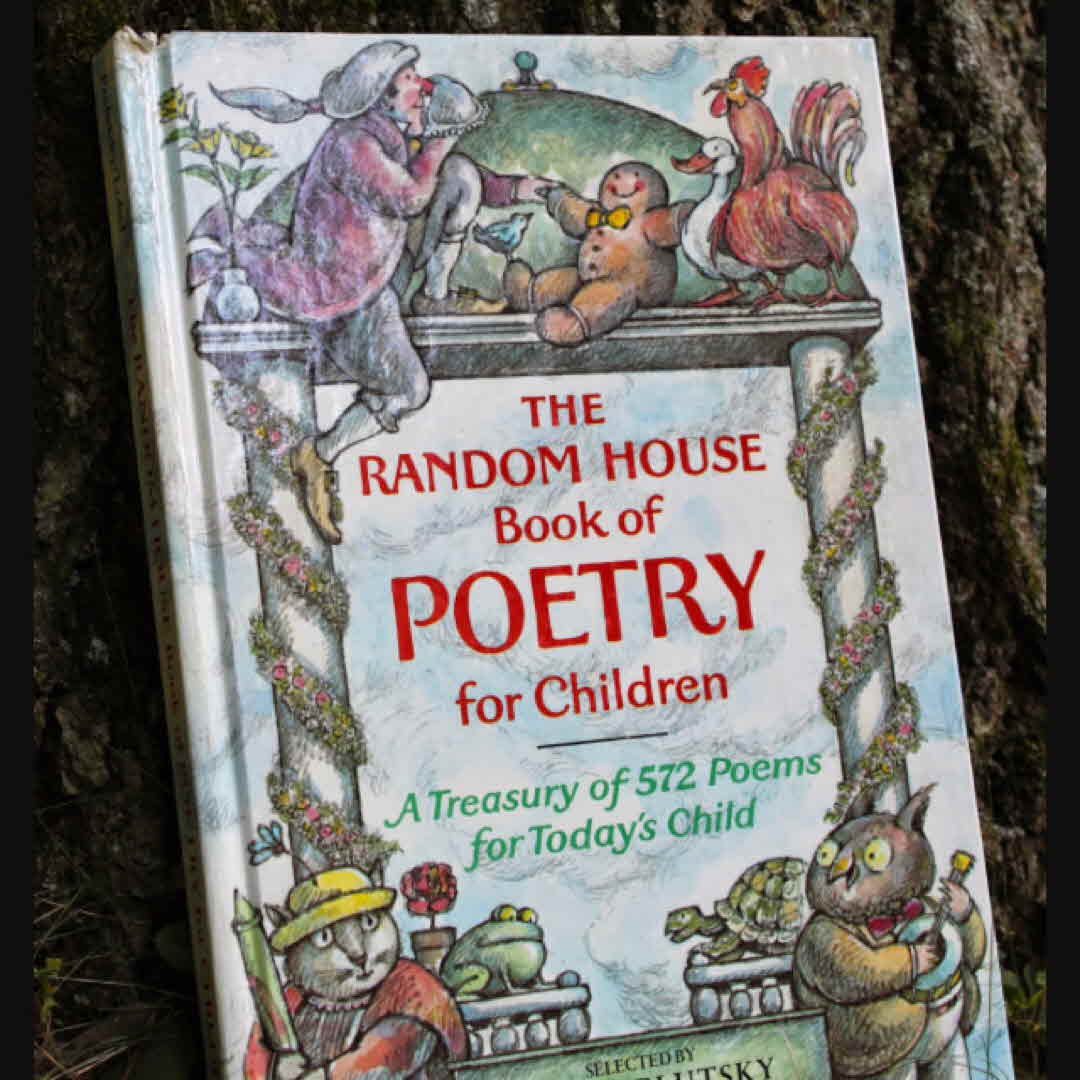“Poetry is a celebration of words and wonder.”
“Poetry is a celebration of words and wonder.”
“An enchanting anthology of poems to delight young readers and old alike.“
A beautifully curated collection of poems from a variety of poets, this book offers something for every child and inspires a lifelong love of poetry.
“I've been to the zoo. I've been to the fair. I've seen the monkeys. I've petted the bear.“
This book has over 200 poems with famous poems and non-famous. There are all sorts of topics such as animals and nature!
Very wide variety of poems! Great resource!
"I saw a dragon standing there, / His eyes were green, his nose was red, / He had a sharp and shiny tooth..."
This collection is perfect for introducing a wide variety of poetic forms and subjects. Use it for poetry analysis, discussions about rhyme and meter, or to inspire students to create poems based on the themes or styles found within the book.
A comprehensive anthology, this book gathers poems from various well-known poets. It covers a wide range of themes, from animals to holidays to silly nonsense, with poems that vary in style, from rhyming couplets to free verse.
“The aspen quivers in the breeze.“ This is an example of creating a sensory image of the tree moving, and is also using personification. This would be a great book to use to start introducing these terms in poetry.
I'd include this in my classroom if I had a kid who's special interest was poetry. There are tons of poems in this, so this is a book they could explore for a very long time.
“The Random House Book of Poetry for Children“ by Arnold Lobel and Jack Prelutsky, 1983. This book has tons of poems, some about nature, some about people, and some about imaginary things. Some poems, especially the nature ones, contain sensory images. The way they describe how the ocean looks or the tree sway make it feel like it's actually right there in front of you!

“The Random House Book of Poetry for Children” is a P picture book selected by Jack Prelutsky and illustrated by Arnold Lobel; students could select poems for DR. https://www.readworks.org/lessons/grade4/voice/lesson-2 This link takes you to a lesson plan where teachers can model and explains how to use their voice effectively in a DR. This teaching strategy gives students an opportunity to become a character and share with their peers.